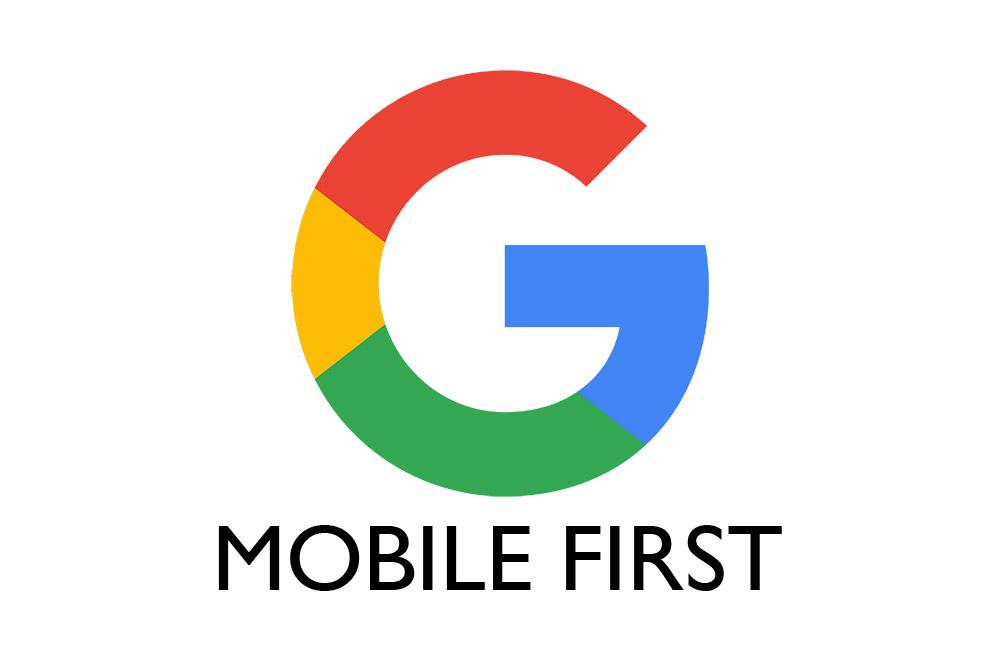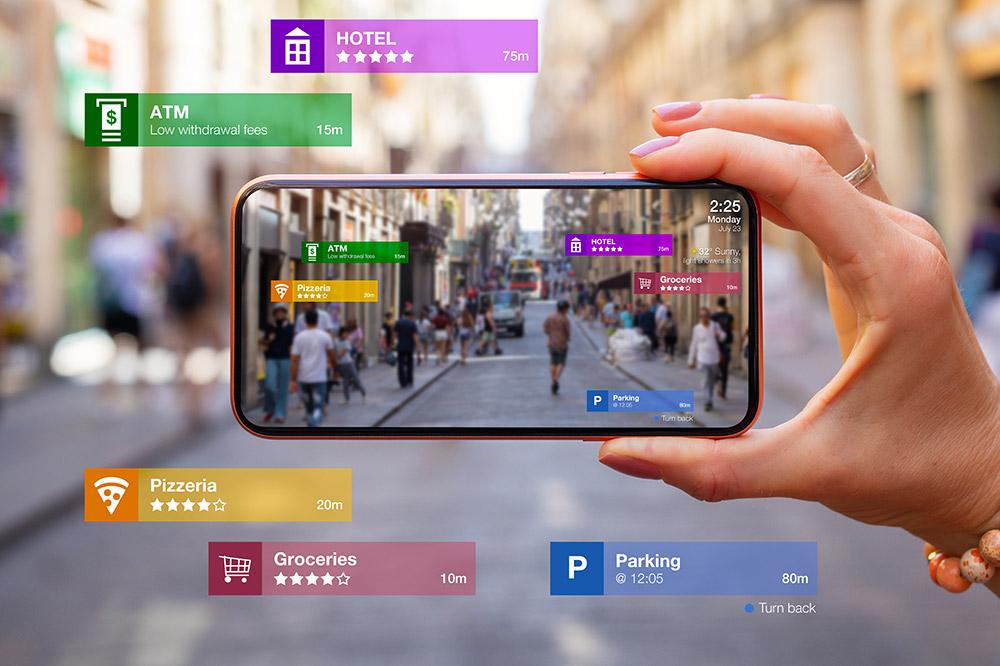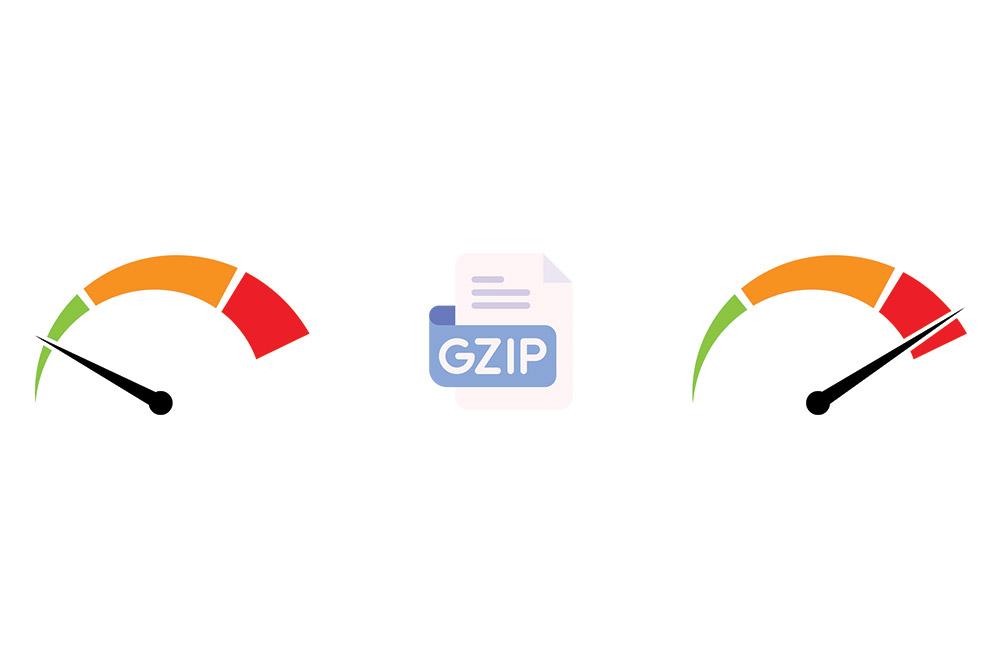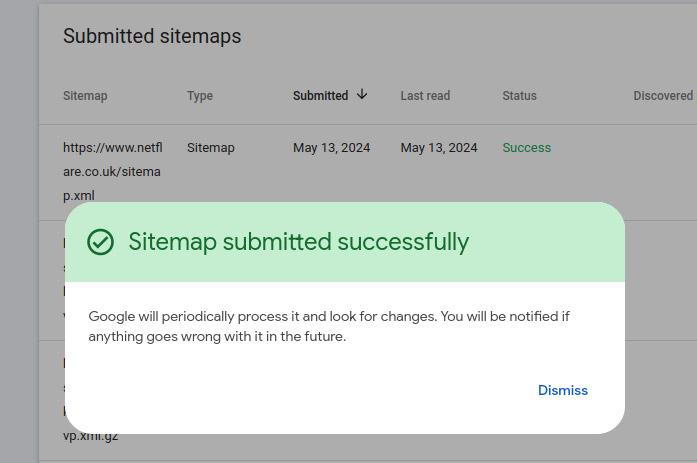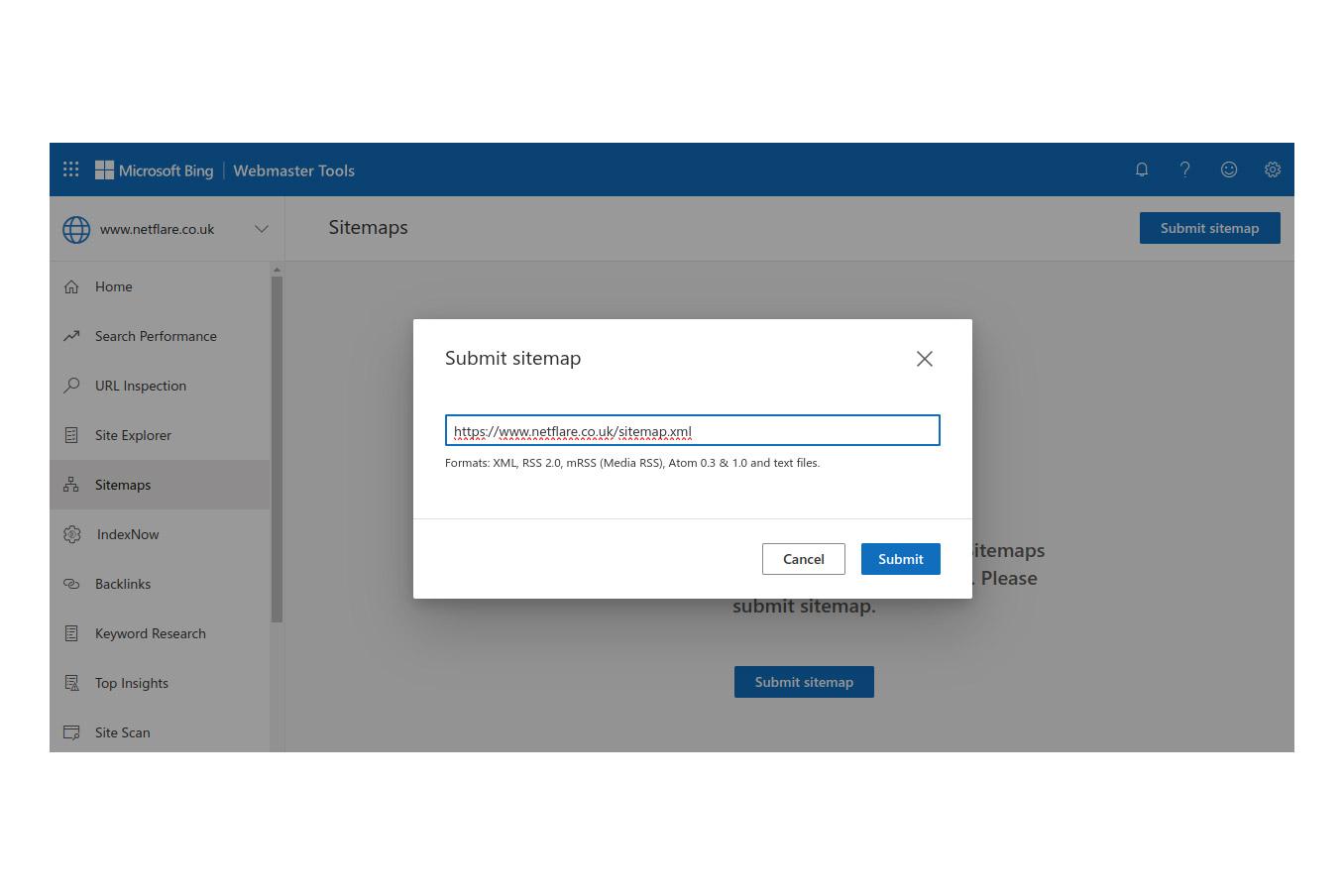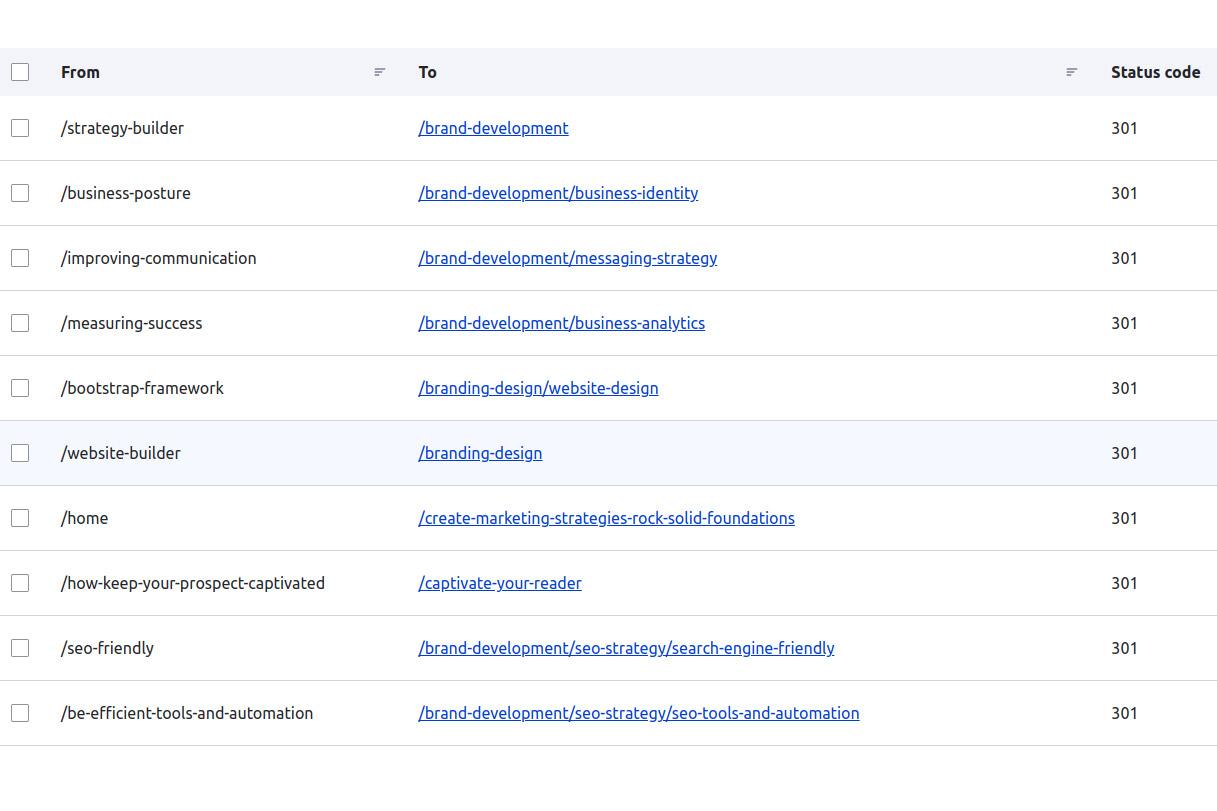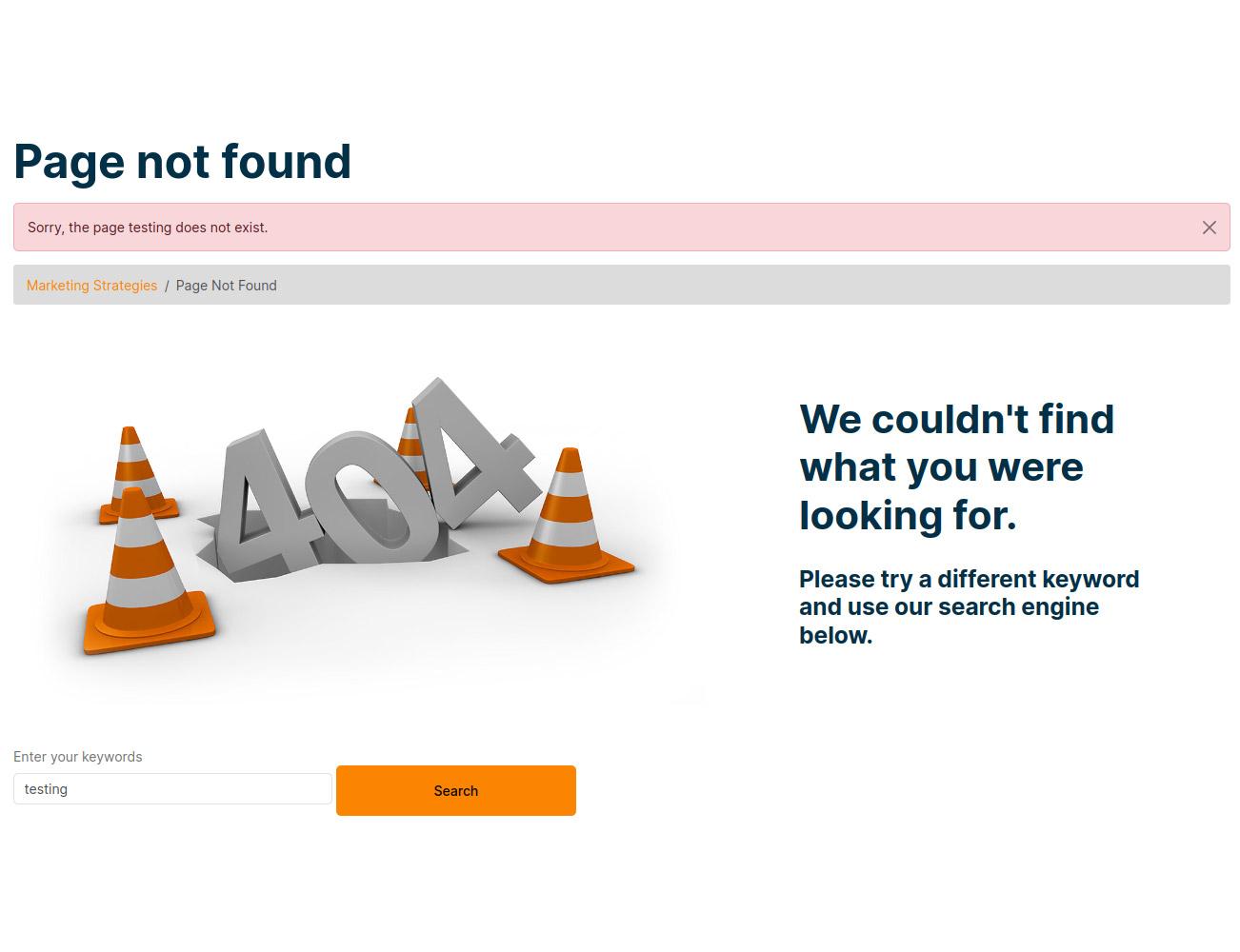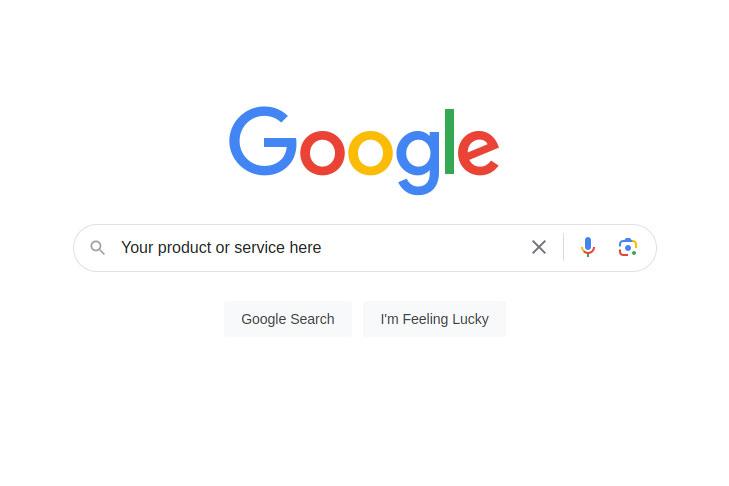In addition to optimising for mobile search, integrating social media into your SEO strategy is essential for maximising online visibility and engagement.
Social signals, such as likes, shares, and comments, are increasingly influential in search rankings. Here are some strategies to leverage social media for SEO:
Share Buttons:
Include prominent social media share buttons on every page of your website to encourage visitors to share your content with their networks. This not only increases visibility but also drives traffic back to your site.
Engagement and Interaction:
Actively engage with your audience on social media platforms by responding to comments, initiating conversations, and sharing valuable content. Increased engagement can lead to higher social signals, which positively impact search rankings.
Content Optimisation for Social Sharing:
Craft your content with social sharing in mind. Create visually appealing graphics, videos, and infographics that are highly shareable on social media platforms. Incorporate relevant hashtags and keywords to increase discoverability.


